Weichen Li
rLLM: Relational Table Learning with LLMs
Jul 29, 2024
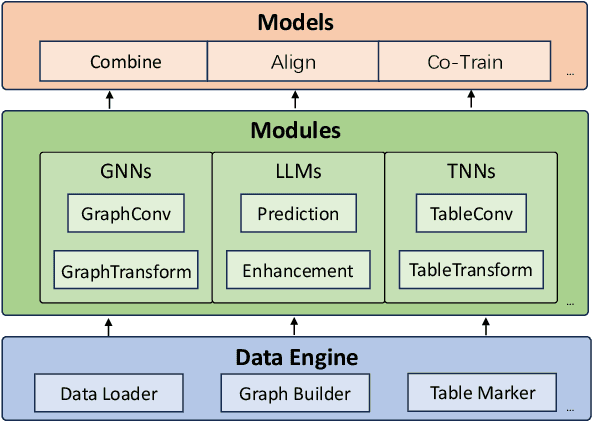

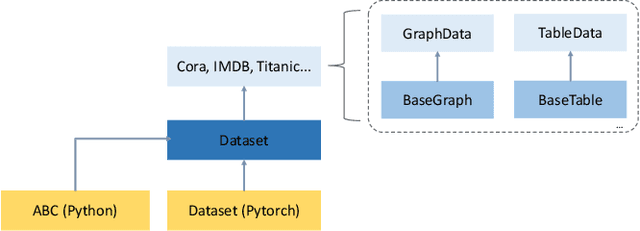
Abstract:We introduce rLLM (relationLLM), a PyTorch library designed for Relational Table Learning (RTL) with Large Language Models (LLMs). The core idea is to decompose state-of-the-art Graph Neural Networks, LLMs, and Table Neural Networks into standardized modules, to enable the fast construction of novel RTL-type models in a simple "combine, align, and co-train" manner. To illustrate the usage of rLLM, we introduce a simple RTL method named \textbf{BRIDGE}. Additionally, we present three novel relational tabular datasets (TML1M, TLF2K, and TACM12K) by enhancing classic datasets. We hope rLLM can serve as a useful and easy-to-use development framework for RTL-related tasks. Our code is available at: https://github.com/rllm-project/rllm.
Symmetry-Preserving Program Representations for Learning Code Semantics
Aug 07, 2023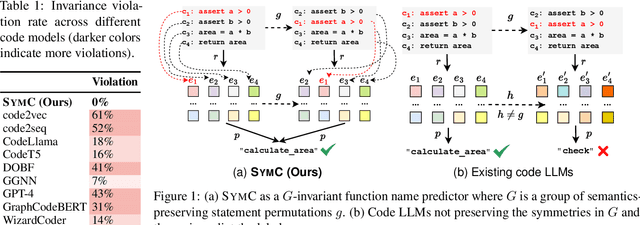
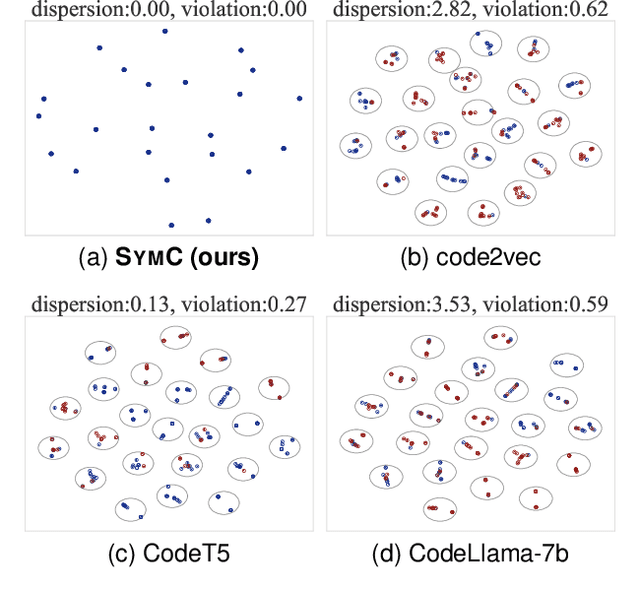
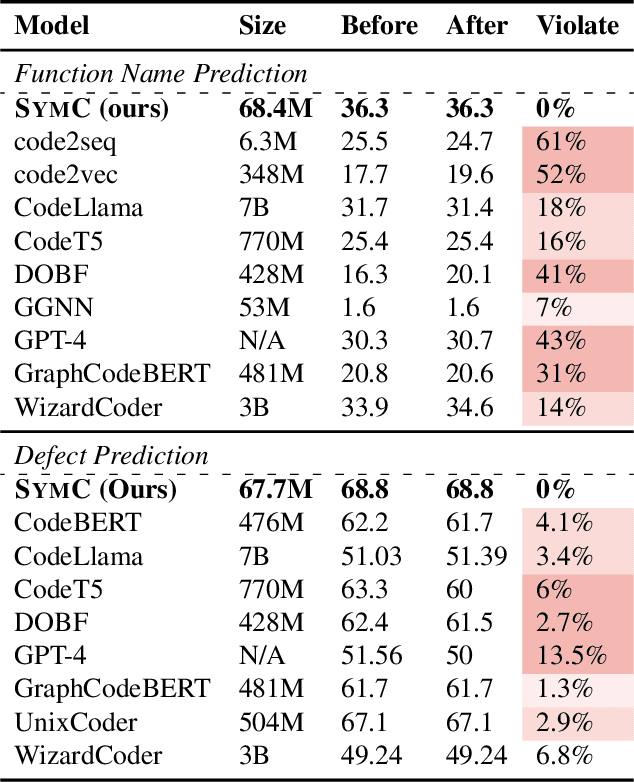
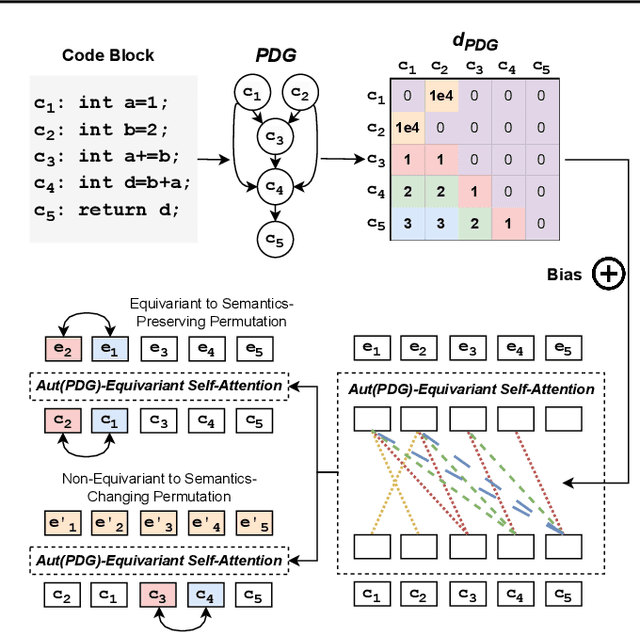
Abstract:Large Language Models (LLMs) have shown promise in automated program reasoning, a crucial aspect of many security tasks. However, existing LLM architectures for code are often borrowed from other domains like natural language processing, raising concerns about their generalization and robustness to unseen code. A key generalization challenge is to incorporate the knowledge of code semantics, including control and data flow, into the LLM architectures. Drawing inspiration from examples of convolution layers exploiting translation symmetry, we explore how code symmetries can enhance LLM architectures for program analysis and modeling. We present a rigorous group-theoretic framework that formally defines code symmetries as semantics-preserving transformations and provides techniques for precisely reasoning about symmetry preservation within LLM architectures. Using this framework, we introduce a novel variant of self-attention that preserves program symmetries, demonstrating its effectiveness in generalization and robustness through detailed experimental evaluations across different binary and source code analysis tasks. Overall, our code symmetry framework offers rigorous and powerful reasoning techniques that can guide the future development of specialized LLMs for code and advance LLM-guided program reasoning tasks.
Potential-based reward shaping for learning to play text-based adventure games
Feb 21, 2023Abstract:Text-based games are a popular testbed for language-based reinforcement learning (RL). In previous work, deep Q-learning is commonly used as the learning agent. Q-learning algorithms are challenging to apply to complex real-world domains due to, for example, their instability in training. Therefore, in this paper, we adapt the soft-actor-critic (SAC) algorithm to the text-based environment. To deal with sparse extrinsic rewards from the environment, we combine it with a potential-based reward shaping technique to provide more informative (dense) reward signals to the RL agent. We apply our method to play difficult text-based games. The SAC method achieves higher scores than the Q-learning methods on many games with only half the number of training steps. This shows that it is well-suited for text-based games. Moreover, we show that the reward shaping technique helps the agent to learn the policy faster and achieve higher scores. In particular, we consider a dynamically learned value function as a potential function for shaping the learner's original sparse reward signals.
 Add to Chrome
Add to Chrome Add to Firefox
Add to Firefox Add to Edge
Add to Edge